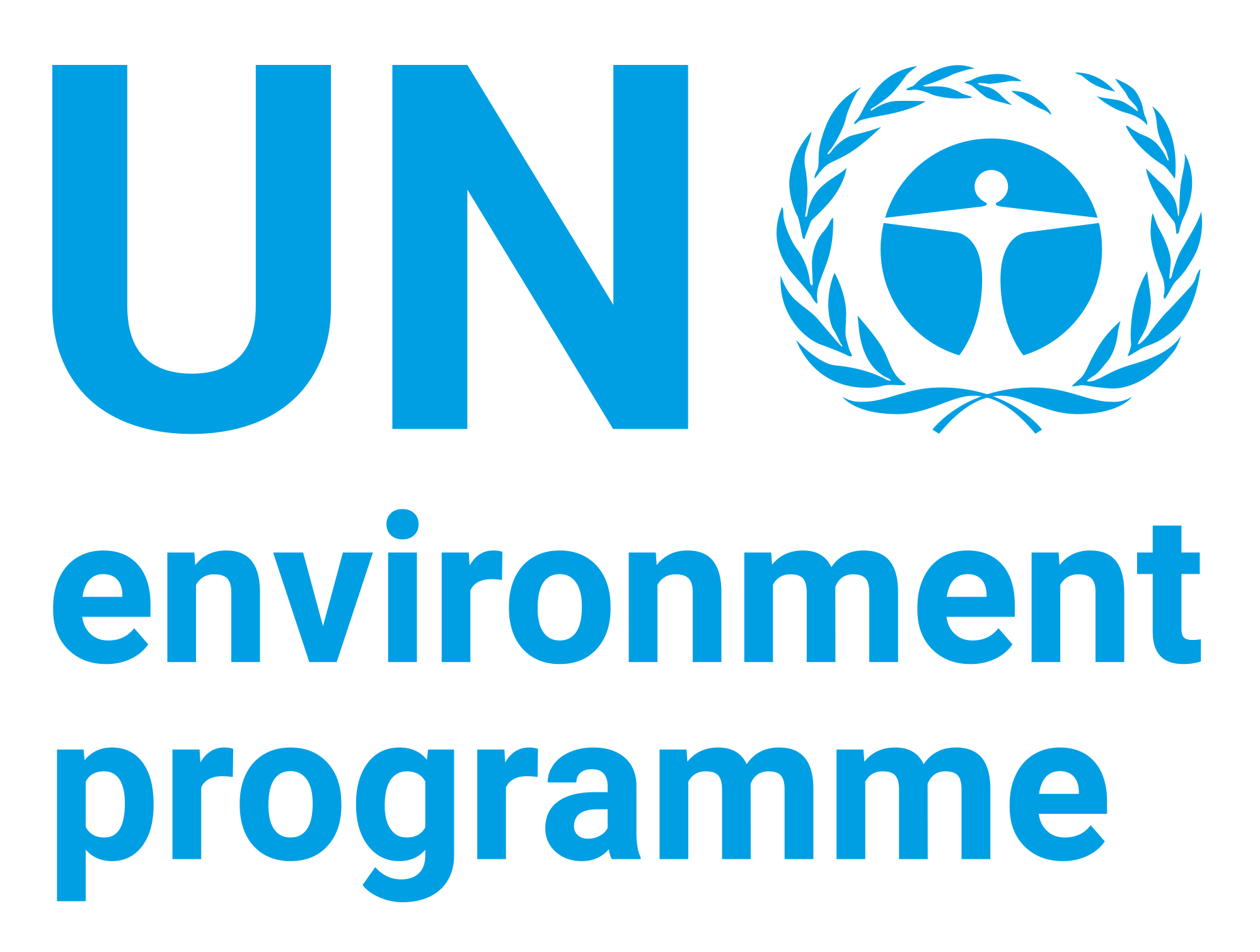| dc.contributor | Economy Division | en_US |
| dc.contributor.author | United Nations Environment Programme | en_US |
| dc.contributor.author | World Health Organization | en_US |
| dc.contributor.author | International Labour Organisation | en_US |
| dc.coverage.spatial | Global | en_US |
| dc.date.accessioned | 2019-08-20T20:39:30Z | |
| dc.date.available | 2019-08-20T20:39:30Z | |
| dc.date.issued | 1997 | |
| dc.identifier.isbn | 92 4 157188 8 | en_US |
| dc.identifier.uri | https://wedocs.unep.org/20.500.11822/29545 | |
| dc.description | Nitrogen oxides can be present at significant concentrations in ambient air and in indoor air. The types and concentrations of nitrogenous compounds present can vary greatly from location to location, with time of day, and with season. The main sources of
nitrogen oxide emissions are combustion processes. | en_US |
| dc.format | Text | en_US |
| dc.language | English | en_US |
| dc.rights | Public | en_US |
| dc.subject | nitrogen oxide | en_US |
| dc.subject | chemical | en_US |
| dc.title | Nitrogen Oxides (Second Edition) - Environmental Health Criteria 188 | en_US |
| wd.identifier.sdg | SDG 3 - Good Health and Well-being | en_US |
| wd.topics | Chemicals and Pollution Action | en_US |
| wd.identifier.pagesnumber | 579 pages | en_US |


